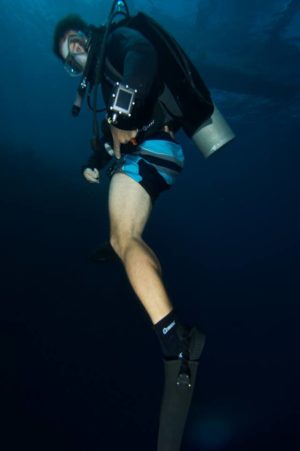Three Popular Scuba Myths Debunked
Most scuba divers are switched on, curious people. They are self-selected from the general population to be more adventurous and curious than the average person. And many scuba divers aim to learn about the animals in the ocean, and the workings of scuba gear. And that’s great! But in the stream of competent information which divers can read or watch online there is a persistent stain of half-truths and falsities which sound interesting or common-sensical, but are a disservice to the diver willing to learn.
I have debunked three of the more persistent scuba myths, in blog posts written over the last few years. My debunking is based on reading of the scientific literature and no-nonsense reasoning based on science. I disregard someone’s gut feelings, misguided “common sense”, and what people want to believe. Here we go:
Marine Mammals Tripping?
One story which regularly makes the rounds on social media is that dolphins squeeze puffer fish to get high. A fun story! And scienc-y! But unfortunately most likely not true:
The Non Revolution of Scuba Gear
Every few years we read about some new, totally revolutionary design for scuba gear which will make diving easier, make dives last longer, and will be so much lighter to carry than present-day scuba gear. It will look cooler, too. Unfortunately, when looking at the physics of these highly speculative (usually with no prototype) scuba gear types, things don’t work out:
Flashy Misconceptions
Like most scuba divers, I aim to be respectful to the marine animals during dives, and do no harm to the reef. But in doing so, I want to stick to recommendations which are based on science, not on someone’s gut feeling. The claim that flash photography harms marine animals has been disproven by two well done scientific studies.
Best Fishes,
Klaus

